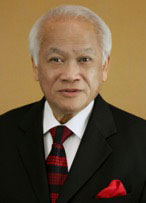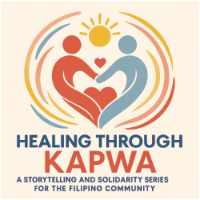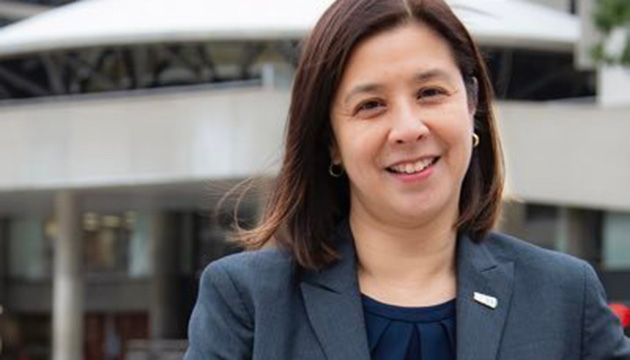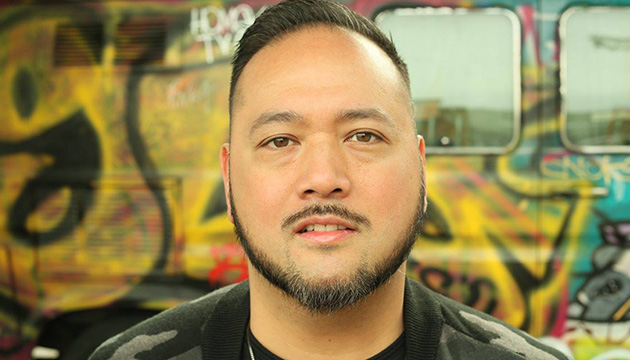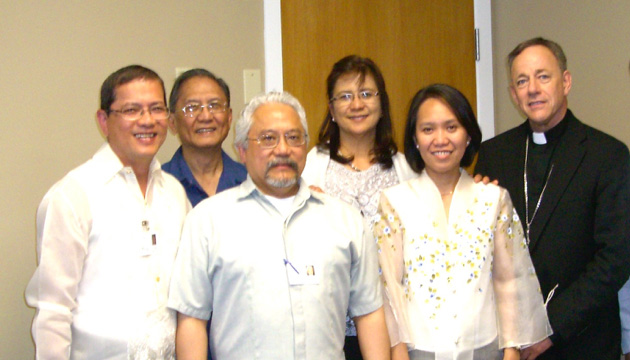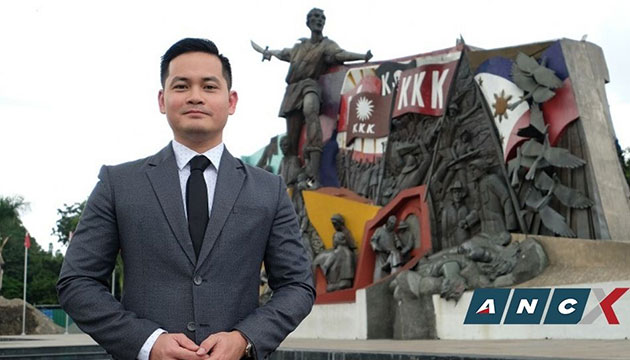Winnipeg: Viewed from picture gallery in the media, it was a rare yet universal moment of joy among the Israeli and Palestinian populace on October 13 when the remaining 20 living Israeli hostages held by Hamas and the nearly 2,000 Palestinian detainees and prisoners held by Israel were exchanged and reunited with their respective families, friends and communities. But tinctured with grief for Israeli whose loved ones are deceased, particularly for those whose deceased loved ones have not yet been returned.
Until very recently, the Middle East conflict that had pushed the world to the brink of existential catastrophe. What a relief, it has now been defused. Thanks to the leadership of President Donald J. Trump, the world has just witnessed the success of the first phase of the Gaza Peace Plan brokered by the USA, Egypt, Qatar and Turkey, namely, 1) ceasefire and 2) exchange of hostages for the jailed.
I cannot imagine the deep sense of collective accomplishment felt by everyone when US and Egyptian Presidents gathered together with 22 other world leaders for the signing ceremony – dubbed Gaza International Peace Summit – at Egypt’s Red Sea resort city of Sharm el-Sheikh. Said Trump at the Summit: “At long last, we have peace in the Middle East.” Echoed Fattah al-Sissi: “Let the Gaza war be the last of wars in the region.”
Carney added: “The release of hostages is a moment of profound relief…For the Jewish people, this is a moment that holds two truths at once — a grief for what cannot be restored, and a fragile light of what might still be repaired.”
To give context, columnist Jennifer Rubin of substack.com elaborates: ““Grief for those whose loved ones are returned deceased, for loved ones of Israeli soldiers killed in battle or who committed suicide after serving in an interminable war with unimaginable horrors, and for thousands of Gazans whose loved ones were killed or maimed and whose lives are reduced to rubble as well as for families and friends of those slaughtered on October 7, 2023.”
Scale of Gaza’s Devastation
Massive rehabilitation is urgently needed. More than 90% of Gaza’s 2-million population are displaced. Homes and buildings flattened. Medical system shattered. Croplands razed. Hunger pervasive. The cost of rebuilding Gaza would be about $53 billion as per estimate earlier this year by the World Bank, the United Nations and the European Union. Wealthy Arab states are expected to significantly help with the financing and the buy-in is expected to be met with reassurances that there will be a pathway to a Palestinian state and durable peace in the region.
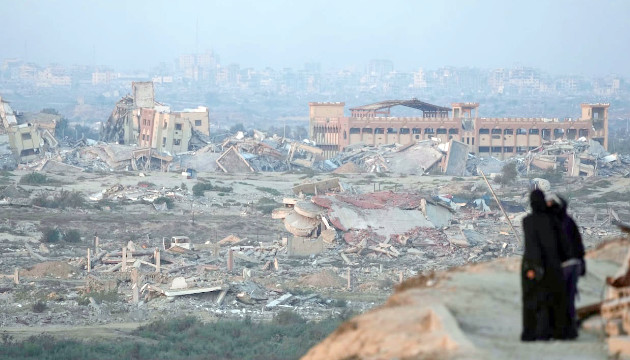 [Credit: Sara Jabakhanji (CBC News, October 7, 2025): 2 years into the war, these figures illustrate the scale of Gaza’s destruction]
[Credit: Sara Jabakhanji (CBC News, October 7, 2025): 2 years into the war, these figures illustrate the scale of Gaza’s destruction]
Thorny issues still to be resolved
Amidst the spontaneous jubilation shown by the Israeli and Palestinian populace from the success of the first phase of the peace agreement is the palpable anxiety among those who have followed closely the history of failure of past Israeli-Palestinian accords. What major questions, then, must be answered to avoid repeating the history of failure that befell prior agreements?
Archie Bland and Peter Beaumont, Senior editors of the Guardian Newsletter, have identified and shared their insights on five of them:
- Will Hamas disarm?
While disarmament is a central requirement of the Trump plan, Hamas’s position is diametrically opposed: “The demand that we hand over our weapons is not up for negotiation.” Assuming Hamas had agreed to disarm, no detail has been spelled out on how it would happen. Would they agree to their weapons being placed under Egyptian control or an international force?
- Will Israel withdraw its troops?
Israel has pulled back to a “yellow line” that makes it occupies a little over half of the territory. Apparently, the recent precedents for further withdrawal are not encouraging, that is, it is not likely to occur.
- How will the ‘international stabilisation force’ operate?
The text of the Peace Plan says “that the US will work with Arab and international partners to develop a temporary international stabilization force (ISF) to immediately deploy in Gaza and it will be the long-term internal security solution.” Crucial details are yet to be worked out: what would be its mandate and who will provide it. Preferably, from the UN Security Council.
- Will reconstruction work get under way?
The Peace Plan pledges to “rebuild and energise” Gaza. The scale of the damage is enormous and the cost to reconstruct is high. Careful management is critical, including guarantees that reconstruction fund is not diverted to military use or goes to a black market. While monitoring is a must, it need not be an unworkable system.
- Will there be a transition to Palestinian-led governance?
To Bland and Beaumont, this question requires diligent attention. They have noted that the Peace Plan had “no meaningful input from Palestinian civil society on the ground in Gaza”. That is, “there is no Palestinian ownership of this process. It is not a grand peace deal with a vision of a state at the end of it.”
Canada’s Statement
Prime Minister Mark Carney “called on all parties to implement the terms of the ceasefire, including:
- establishing a transitional governance for Gaza;
- working toward a permanent political solution where Israelis and Palestinians peacefully coexist; and
- disarming Hamas and giving it no role in the future governance of a demilitarized Palestinian state.”
In a separate news release following the Peace Summit, Carney:
- outlined the need for Israel to open border crossings for the large-scale delivery of humanitarian assistance to civilians in Gaza;
- called for quick action for a temporary, international stabilization force to ensure Hamas’ disarmament, and to facilitate Israeli withdrawal and protect civilians; and
- reaffirmed Canada’s commitment to strengthening the Palestinian Authority’s reform and capacity-building efforts, enabling it to reassume governance responsibilities in Gaza.
In essence, Carney has responded to the thorny issues raised earlier. Doing so, he:
- reflects the credo “that lasting peace will be one in which both Palestinians and Israelis can prosper with their fundamental human rights protected, their security guaranteed, and their dignity upheld,” and
- reaffirms Canada’s pledge to do its share of the global “efforts to end the war in Gaza and bring lasting peace to the Middle East,”
as stated in paragraphs three and two of “The Trump Declaration for Enduring Peace and Security,” respectively.
Indeed, the Gaza Peace Plan 2025 looks very daunting, but it is welcome and meaningful and a cause for optimism.



